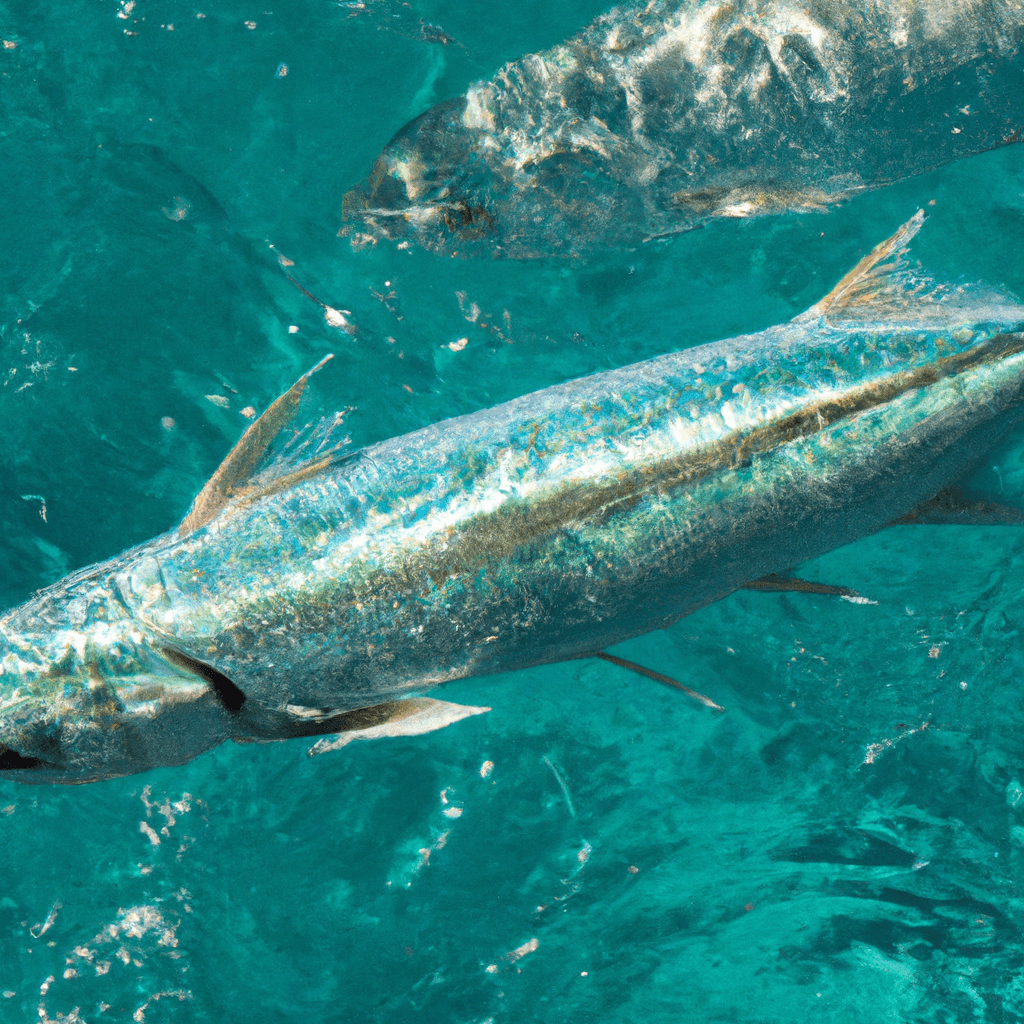You’re about to dive into the fascinating world of tarpon behavior and the intriguing role that water clarity plays in shaping their actions.
As you explore this topic, you’ll uncover how the clarity of the water coincides with the feeding patterns, migration routes, activity levels, breeding behavior, and predation strategies of these magnificent fish.
By understanding the intricate relationship between tarpon and water clarity, we can gain valuable insights into their behavior and the delicate ecosystems they inhabit.
Get ready to embark on a scientific journey into the depths of tarpon behavior!
- The Impact of Water Clarity on Tarpon Feeding Patterns
- How Water Clarity Affects Tarpon Migration Routes
- The Relationship Between Water Clarity and Tarpon Activity Levels
- Exploring the Role of Water Clarity in Tarpon Breeding Behavior
- Understanding the Effects of Water Clarity on Tarpon Predation Strategies
- Frequently Asked Questions
The Impact of Water Clarity on Tarpon Feeding Patterns
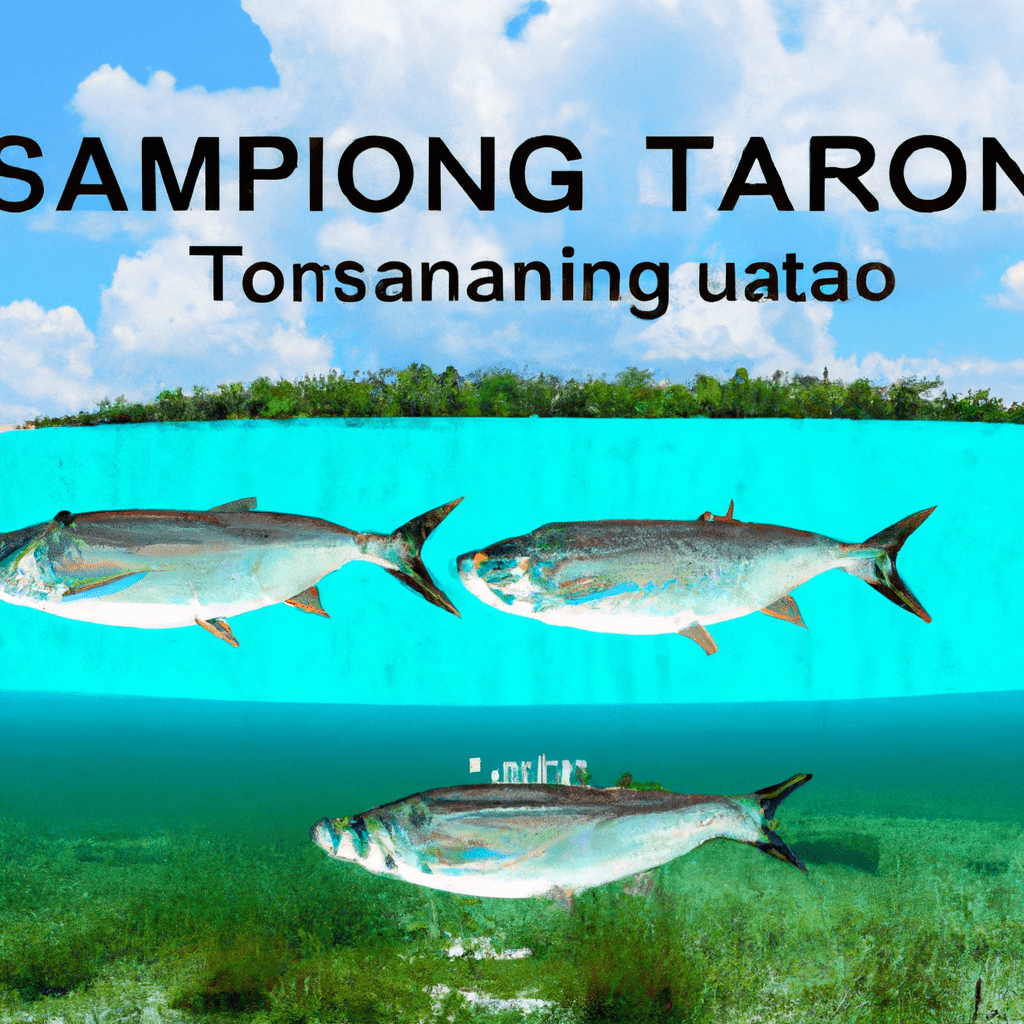
When fishing for tarpon, you’ll notice that water clarity significantly affects their feeding patterns. The importance of water clarity for tarpon foraging can’t be overstated. Tarpon are visual predators, relying heavily on their eyesight to locate and capture their prey.
In clear water, they’ve a distinct advantage, as they’re able to spot their prey from a greater distance and with more precision. This increases their feeding success and allows them to efficiently target their preferred prey species.
On the other hand, in murky or turbid water, tarpon’s ability to detect and capture prey is greatly hindered. The influence of water clarity on tarpon feeding success is evident, as they may struggle to locate and effectively target their prey in such conditions.
Thus, understanding and considering water clarity is crucial when targeting tarpon and maximizing your chances of success.
How Water Clarity Affects Tarpon Migration Routes
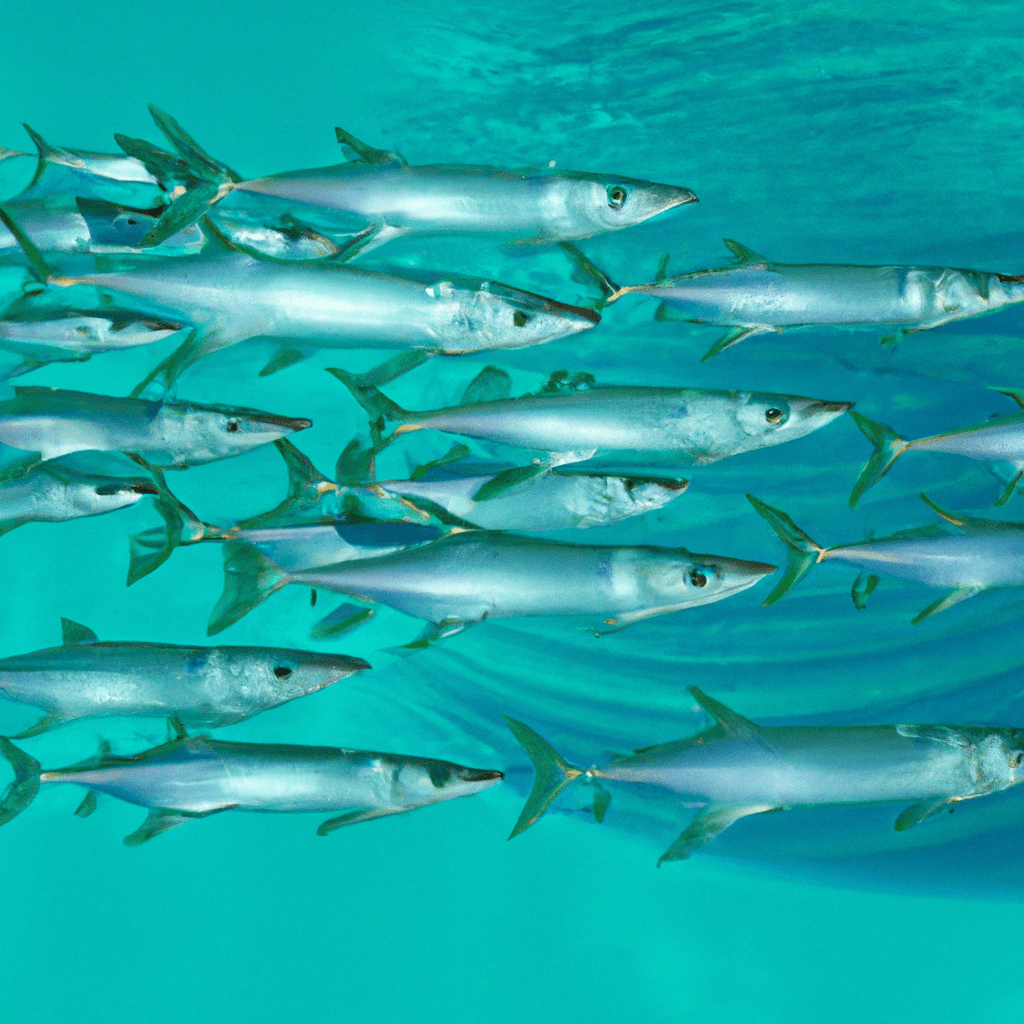
To understand how water clarity affects tarpon migration routes, you must consider the navigational challenges they face and the impact of clear versus murky water on their ability to travel efficiently. Tarpon movement is heavily influenced by visual cues, and water clarity plays a significant role in their ability to navigate effectively.
The ecological implications of water clarity on tarpon migration routes are far-reaching. Clear water allows tarpon to see potential obstacles and predators, enabling them to choose the most efficient and safe paths. On the other hand, murky water limits visibility, making it difficult for tarpon to navigate and increasing the risk of collisions and predation.
The Relationship Between Water Clarity and Tarpon Activity Levels
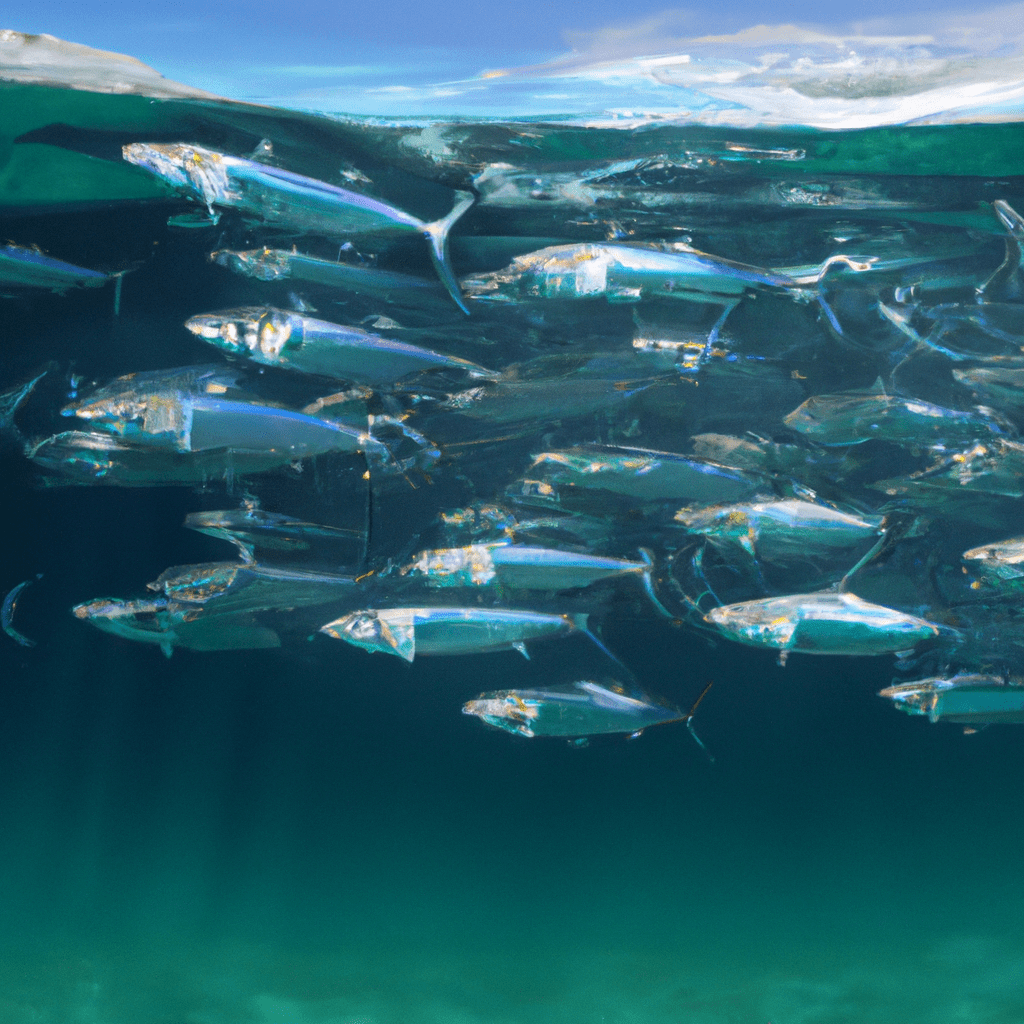
Water clarity directly influences the activity levels of tarpon, affecting their feeding, mating, and overall behavior in the water.
Tarpon are known to exhibit different activity levels depending on the clarity of the water they inhabit. In clear water, tarpon tend to be more active, engaging in increased foraging and feeding behaviors. They’re able to detect prey more easily and efficiently, leading to higher feeding success rates.
Water clarity has a direct impact on tarpon spawning behavior. Clear water provides better visibility for the tarpon to locate and interact with potential mates, increasing the chances of successful reproduction.
On the other hand, in turbid or murky water, tarpon activity levels tend to decrease as their visual capabilities are compromised, making foraging and mating more challenging.
The connection between water clarity and tarpon foraging habits and spawning behavior highlights the importance of maintaining water clarity for the overall health and well-being of tarpon populations.
Exploring the Role of Water Clarity in Tarpon Breeding Behavior
One important aspect to consider is how water clarity impacts tarpon’s breeding behavior.
Water clarity plays a crucial role in tarpon spawning behavior, influencing various aspects of their reproductive cycle. Here are two key points to emphasize:
- Water clarity’s role in tarpon spawning behavior:
- Clear water is essential for successful tarpon spawning. It allows for better visual communication between males and females during courtship and mating.
- Clear water provides optimal conditions for tarpon eggs to develop and hatch, ensuring the survival of the next generation.
- The influence of water clarity on tarpon courtship displays:
- In clear water, tarpon engage in elaborate courtship displays, including jumps, rolls, and tail slaps. These displays serve to attract potential mates and demonstrate their fitness for reproduction.
- Poor water clarity can hinder courtship displays by reducing visibility, making it harder for tarpon to attract and communicate with potential partners.
Understanding the role of water clarity in tarpon breeding behavior is crucial for conservation efforts and the management of their populations.
Understanding the Effects of Water Clarity on Tarpon Predation Strategies
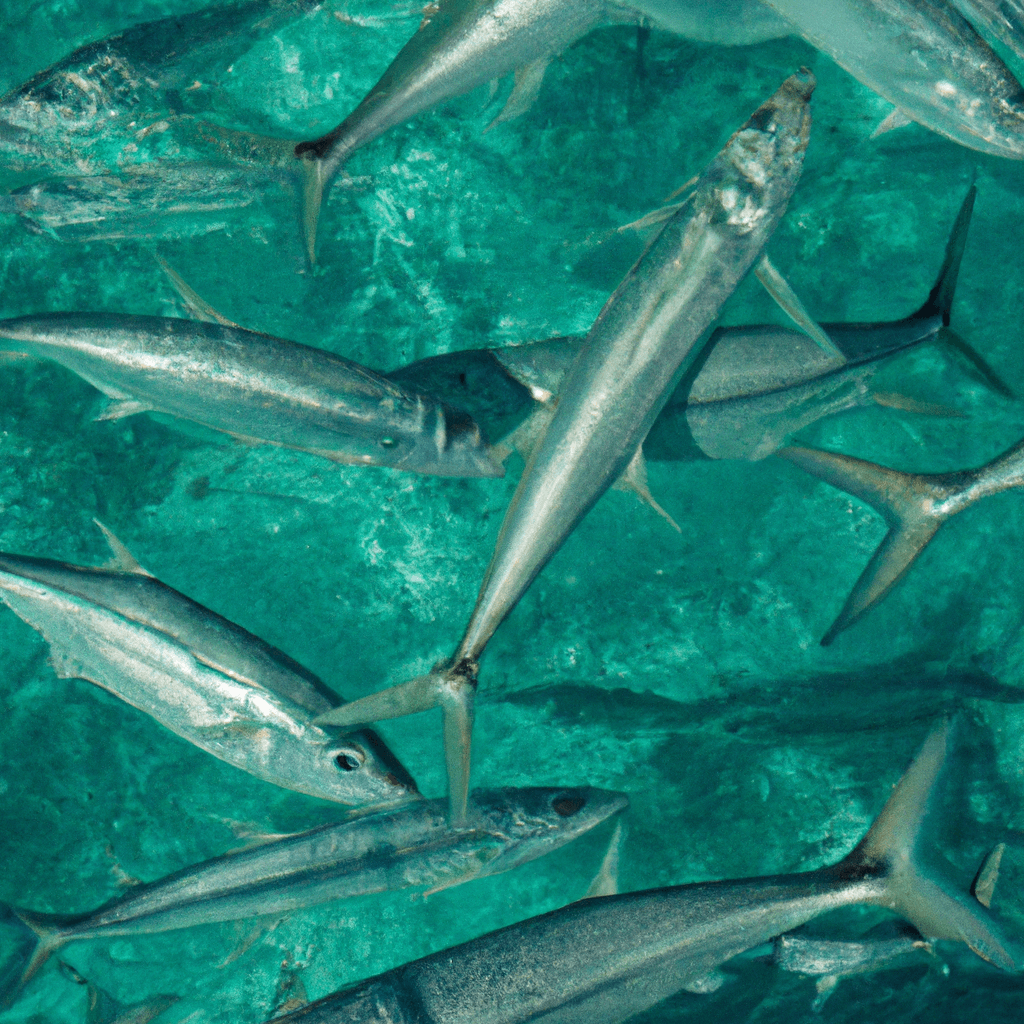
Have you ever wondered how water clarity affects the way tarpon strategize for predation?
Water clarity plays a crucial role in tarpon foraging strategies and their hunting success. Tarpon, being visual predators, rely heavily on their vision to locate and capture prey. Clear water provides better visibility, allowing tarpon to spot potential prey from a distance. This enables them to plan their attacks more effectively and increases their hunting success.
In murky or turbid waters, however, tarpon face challenges in locating prey accurately. Reduced visibility hampers their ability to assess prey size, distance, and movement, making it harder to execute successful predation strategies.
Thus, water clarity directly influences the effectiveness of tarpon’s hunting techniques, highlighting the importance of clear waters for their foraging success.
Frequently Asked Questions
How Does Water Clarity Affect the Growth Rate of Tarpon?
Water clarity has a significant impact on tarpon behavior and growth. It affects their feeding efficiency and ability to find prey. Poor water clarity can result in reduced growth rates and development in tarpon.
Can Tarpon See Better in Clear Water Compared to Murky Water?
In clear water, tarpon’s visual acuity improves, enabling them to spot prey more easily. This increased visibility enhances their feeding efficiency and increases their chances of success in catching food.
Does Water Clarity Influence the Aggression Levels of Tarpon?
Water clarity greatly impacts tarpon behavior. It influences their migration patterns and feeding behavior. Clear water increases their aggression levels, while murky water can make them more cautious and less likely to feed.
How Does Water Clarity Affect the Spawning Success of Tarpon?
Water clarity greatly affects tarpon breeding success. Clear water provides optimal conditions for tarpon to locate mates and spawn successfully. However, murky water reduces visibility and makes it harder for tarpon to find each other, leading to lower spawning rates.
Do Tarpon Have a Preferred Water Clarity for Feeding?
Tarpon have a preferred water clarity for feeding. Water clarity impacts their migration patterns. Understanding the relationship between water clarity and tarpon behavior is crucial for predicting their feeding habits and optimizing fishing strategies.

